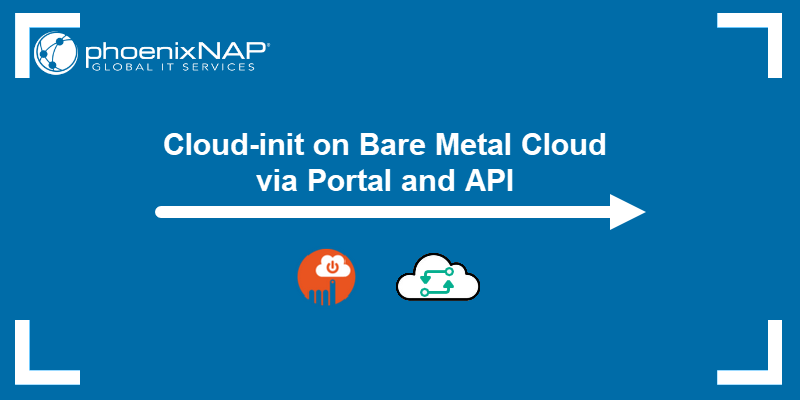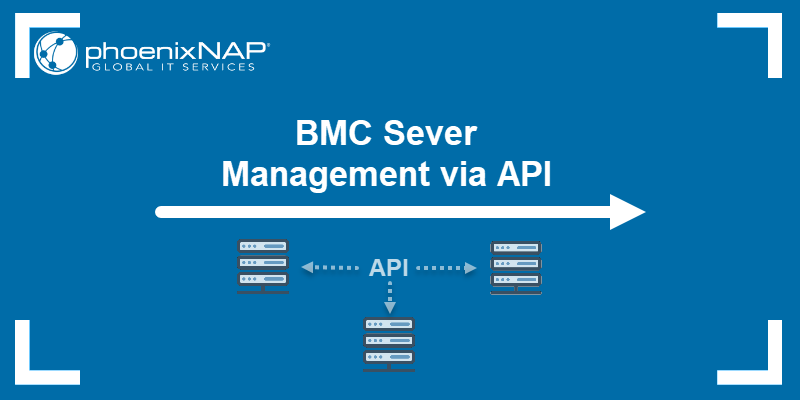Introduction
A cloud API is a crucial technology for integrating infrastructure with other elements in the DevOps and CI/CD pipelines. Cloud APIs enable developers and administrators to incorporate the cloud model with various automation technologies in DevOps-oriented organizations.
By integrating infrastructure into DevOps, managing and provisioning server resources becomes a part of the DevOps pipeline. That close integration between infrastructure and software development provides server automation possibilities and time to focus on the product, not the environment.
This article provides a comprehensive overview of cloud APIs and showcases phoenixNAP's Cloud APIs.
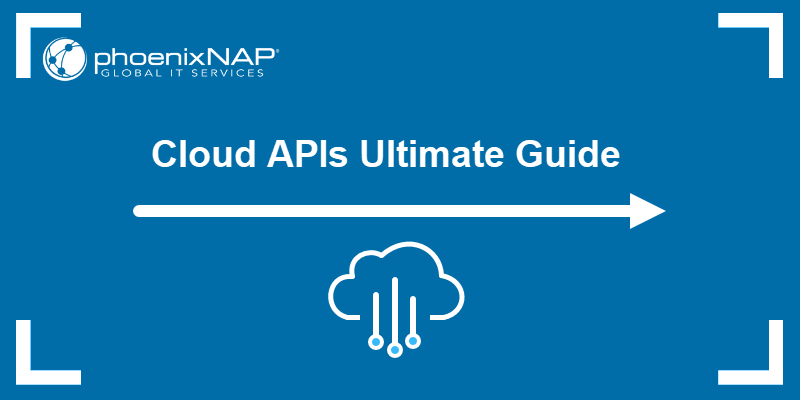
What Are Cloud APIs
A cloud API is a technology that enables the automation of cloud infrastructure. An API permits information transfer and communication between a resource provider and applications without revealing implementation details.
With cloud APIs, development teams integrate server resources directly into their workflow. It acts as an interface between development teams, applications, and cloud service providers.
PhoenixNAP Cloud APIs
PhoenixNAP offers multiple cloud API automation solutions for Bare Metal Cloud, our premium API-driven dedicated infrastructure solution. The APIs allow you to provision and manage infrastructure and server related resources, as well as automate these processes.
Below is a brief overview of each phoenixNAP's BMC APIs:
- The Audit Logs API lets you monitor and track any action completed through the API or via GUI.
- The Bare Metal Cloud API is the core API for managing your infrastructure. The API lets you provision, deprovision, turn on/off, or shut down servers.
- The Billing API helps automate infrastructure billing through reservations, server usage, and auto-renewal control.
- The IP Addresses API provides servers with public IP blocks, providing access to servers or networks from the internet.
- The Network Storage API lets you expand your storage capacity on a private network attached storage.
- The Networks API provides control over private and public network management.
- The Rancher Solution API simplifies Kubernetes cluster deployment, operations, and management through Rancher.
- The Tag Manager API lets you organize resources by adding and managing tags.
Bare Metal Cloud servers natively support Infrastructure-as-Code (IaC) tools, enabling automation-driven infrastructure. The tools help simplify and automate server provisioning and directly integrate server management into a DevOps pipeline.
How Does a Cloud API Work?
A cloud API enables developers to access services, such as storage or networking resources, infrastructure, or audit logs.
The API architecture depends on the layer where the cloud API integrates into other services:
- Service level (PaaS) APIs integrate infrastructure with storages, data repositories, business intelligence services.
- Application level (SaaS) APIs connect applications, such as ERP or TERM-based software, to the infrastructure.
- Infrastructure level (IaaS) APIs control cloud resources, networking, and help implement workload management.
- Cross-platform APIs for cross-platform compatibility from different vendors for multi-cloud environments.
Note: Check out our detailed comparison of IaaS vs. PaaS vs. SaaS.
The cloud API provider provides a method to generate the ID and secret pair to authorize API requests. The request protocol is either SOAP or REST, though REST is more common.
Upon authorization, the API responds and performs tasks based on the requested content.
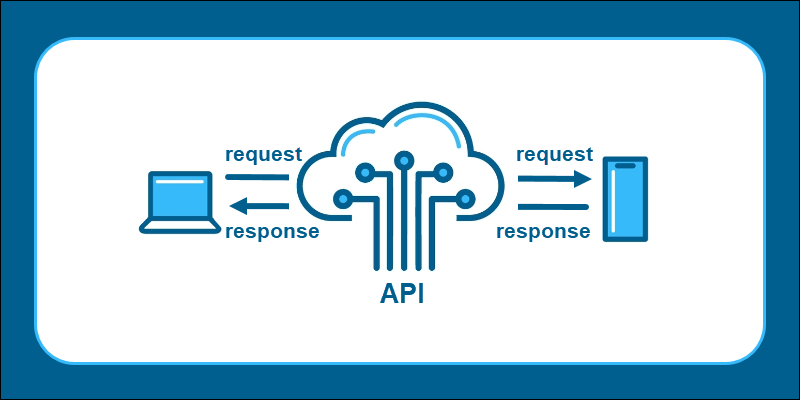
Depending on the API implementation, there are different ways to send structured requests:
- Through a command-line tool, such as curl, for sending API requests through a CLI or a script.
- Using software development kits (SDKs) to send requests through specific programming languages, such as Python, Ruby, or Go.
- Utilizing an API platform such as Postman.
Note: phoenixNAP's publicly-available GitHub repositories provide SDKs for working with Bare Metal Cloud in Go, Python, Ruby, or even using Postman.
How Cloud APIs Help Businesses
Businesses that use or plan to implement cloud-native architecture benefit from integrating cloud APIs into their DevOps workflows. The APIs enable seamless interoperability between applications and cloud server resources. Additionally, cloud APIs automate infrastructure-related tasks, saving time and money.
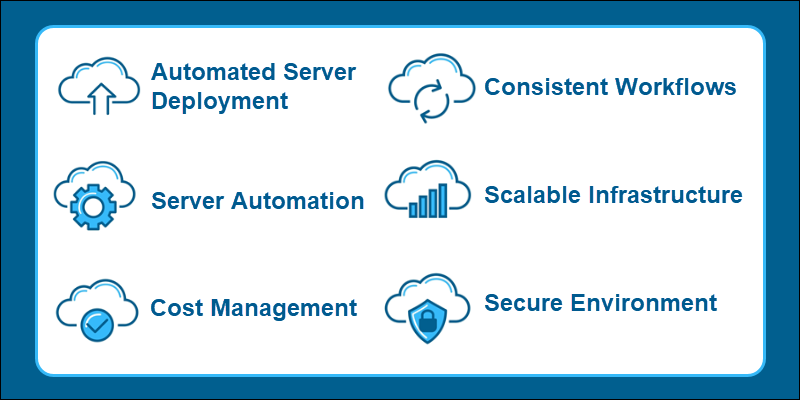
Below is a detailed overview of how cloud APIs help businesses run smoothly.
1. Automated Server Deployment
Deployment is a core principle in CI/CD. Bare Metal Cloud API lets you provision and deprovision resources automatically through simple API calls. Additionally, the Rancher Solution API provisions Rancher servers automatically for highly-available containerized workloads.
Managing infrastructure through IaC tools, which implement cloud APIs, helps achieve consistent and continuous deployment. Automating server deployment through IaC tools and pre-configured instances helps create replicable and consistent environments.
Note: Check out our demonstration of automated deployment of Spark clusters.
2. Server Automation
IaC tools work together with cloud APIs to create configuration files, which send requests and automate server provisioning and configuration. The infrastructure is programmable, which gives the DevOps team more time to focus on creating new software builds instead of dealing with cloud infrastructure.
Different APIs help simplify BMC server management. Modifying the server's private and public network, organizing resources through tags, or monitoring server usage is all possible through simple API requests.
3. Cost Management
Cloud APIs help control infrastructure expenses through code, which results in cost reduction. DevOps teams are less vulnerable to costly misconfigurations and errors by approaching server provisioning through programming and templating.
Managing infrastructure spending through the Billing API helps automate the billing process for BMC servers. Fetching a server's rated usage, ensuring resource availability for a given period, or managing autorenewals enable organizations to track their infrastructure costs holistically.
Server usage monitoring and billing ensure you pay for what you use and nothing more.
Note: Use our cloud pricing calculator to estimate your potential costs of running BMC servers. Cloud costs can easily go out of control, and that's why we offer transparent pricing and help our partners plan their budget adequately.
4. Consistent Workflows
By managing infrastructure through code, DevOps teams create consistent and collaborative environments. Reusing configurations and maintaining code through version control systems helps maintain and accelerate infrastructure automation.
Automated server creation helps minimize errors and enables consistent workflows when provisioning and maintaining servers.
5. Scalable Infrastructure
As a business grows, so does the demand for infrastructure. Scale horizontally by adding or removing servers through the API with simple automated requests.
The cloud infrastructure is created to adapt to your workload. For example, the network storage API helps scale storage capacity on demand for an additional storage boost. Alternatively, choose a BMC instance with scalable CPUs to support variable computing demands.
6. Secure Environment
A cloud API is a secure way to handle infrastructure resources. The APIs are REST-based, and the communication uses OAuth 2.0 to authorize requests. The protocol ensures simplicity while running authorization flows securely.
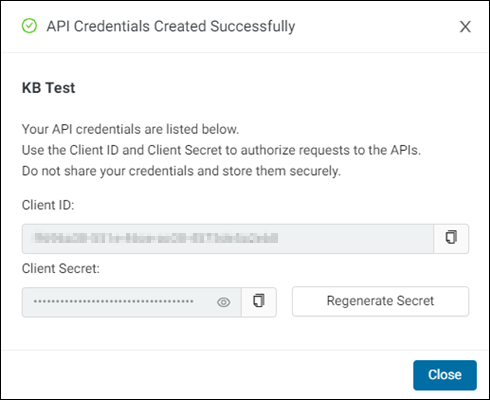
Cloud APIs, together with IaC tools, help create consistent testing environments. Integrating cloud APIs into automated testing workflows allows enterprises to enforce a high level of security standards. As a result, the quality of a product improves significantly.
Conclusion
Cloud APIs help integrate infrastructure into various automation pipelines. After reading this guide, you learned about the benefits of using cloud APIs and the available solutions.
For more information, check out our API quick start guide.
